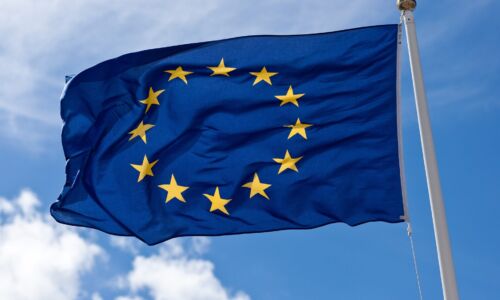Commemorating the liberation of Nijmegen: ‘Striving for a balance between emotion and reason’
-
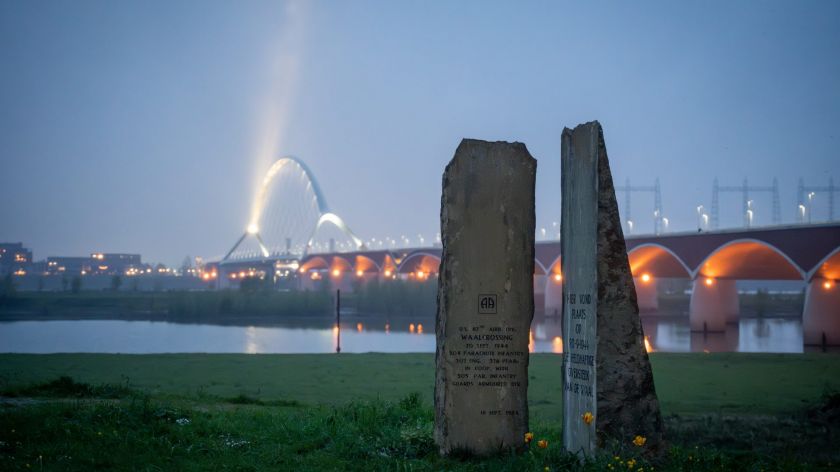 Image of the Sunset March. Photo: Frank Schaffels
Image of the Sunset March. Photo: Frank Schaffels
This weekend, Nijmegen is celebrating 80 years of liberation. A two-day festival reflects on the concepts of peace and freedom through the 'Peace by Peace' event. The celebration is part of the longer program of '80 years of Freedom', commemorating the events of 1944-1945. Commemorating these events and making history more accessible to the broader public is important to many historians.
Most people have probably heard about and even participated in commemorative activities surrounding the Second World War, be it by attending a traditional ceremony or through engaging with monuments and museums. But not everyone is (actively) involved in fostering commemorative practices and making this history accessible. Yet some have made it their priority to engage with this topic.
Frank Mehring, a German American Studies professor, has engaged with commemorative practices and the ideas of liberation and freedom in the Nijmegen region since moving there in 2012. ‘The historical context of the border region, particularly the Liberation Route (international remembrance trail that connects the main regions along the advance of the Western Allied Forces toward the liberation of Europe, ed.), inspired me to become actively involved in bridging communities and reinforcing the importance of memory’, he says.
Since then, the American Studies professor has organised performative acts, exhibitions, written scholarly works, and taught about the cultural and transnational aspects of liberation. ‘For me, the importance of commemoration stems from the complex emotions that surround the aftermath of war – out of profound sadness we can still find ways to celebrate life and joy,’ says Mehring.
Nijmegen – a key location
While many European nations have commemorations for the events of World War Two, Nijmegen is special in the Dutch context. The bombing of the city in February 1944 by American bombers was the deadliest on Dutch soil (763 dead, including 24 children, ed.) and the liberation efforts by the Allies have gone down in history thanks to movies like A Bridge Too Far.
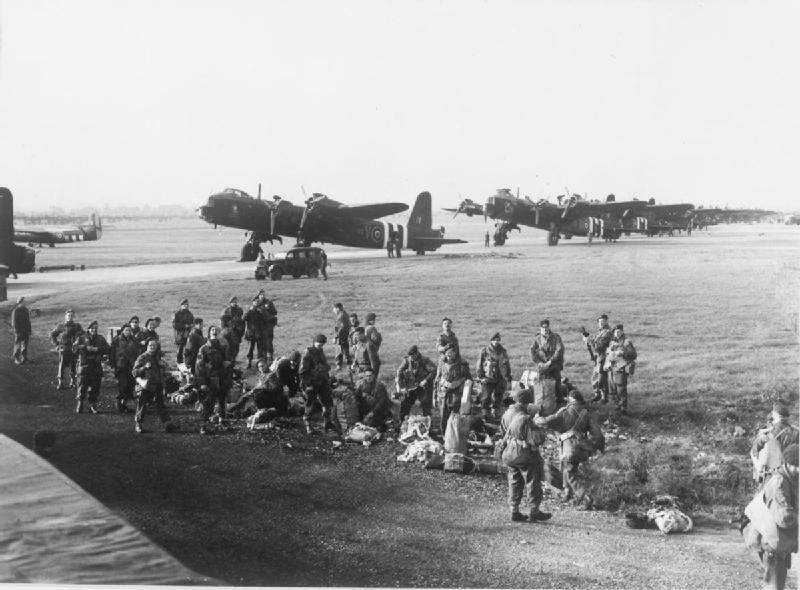
Mehring explains further: ‘For Nijmegen, the Allied bombing was particularly devastating – not just because of the physical destruction, but also because of the emotional and psychological trauma it caused. Operation Market Garden further underscores the region’s pivotal role in the war, leaving deep scars on the landscape and in the collective memory of the people. The Waal Crossing, while tragic, is remembered as the most courageous and heroic actions of the Liberation of the Netherlands. These events have shaped the memory culture of Nijmegen and emphasise the necessity of remembrance.’
Nijmegen has a collection of monuments, such as the Oversteek Bridge, the Kitty de Wijze memorial, and the Swing. These symbolize the terror of war, its human cost, and the long road to healing. The city – and the surrounding area – also host museums, exhibitions, and performative commemorative acts like the Sunset March (war veterans march across the Oversteek Bridge every evening at sunset to commemorate the 82nd Airborne division soldiers who died during the Waal Crossing, ed.).
‘The Sunset March is a particularly important opportunity for international students to reflect on war, soldiers, heroism and the fight for freedom, reaching beyond classroom readings and discussions’, Mahring continues. ‘During the RUDESA Spring Academy (a collaboration between Radboud University and University of Duisburg-Essen, ed.) students from the Netherlands and Germany can experience this together and examine how the transatlantic memory culture manifests.’
Art as a tool
This history can also be remembered through art. That is why Assistant Professor in Ancient History Erika Manders and her colleagues have come up with the Waalpaintings project. Manders says: ‘The 1944 bombings erased a lot of the history of the city and the murals were our idea on how to make Nijmegen’s history visible and more accessible again. The mural on Operation Market Garden is a striking example of how art can bridge the gap in the public’s historical knowledge and serve as a commemorative tool.’
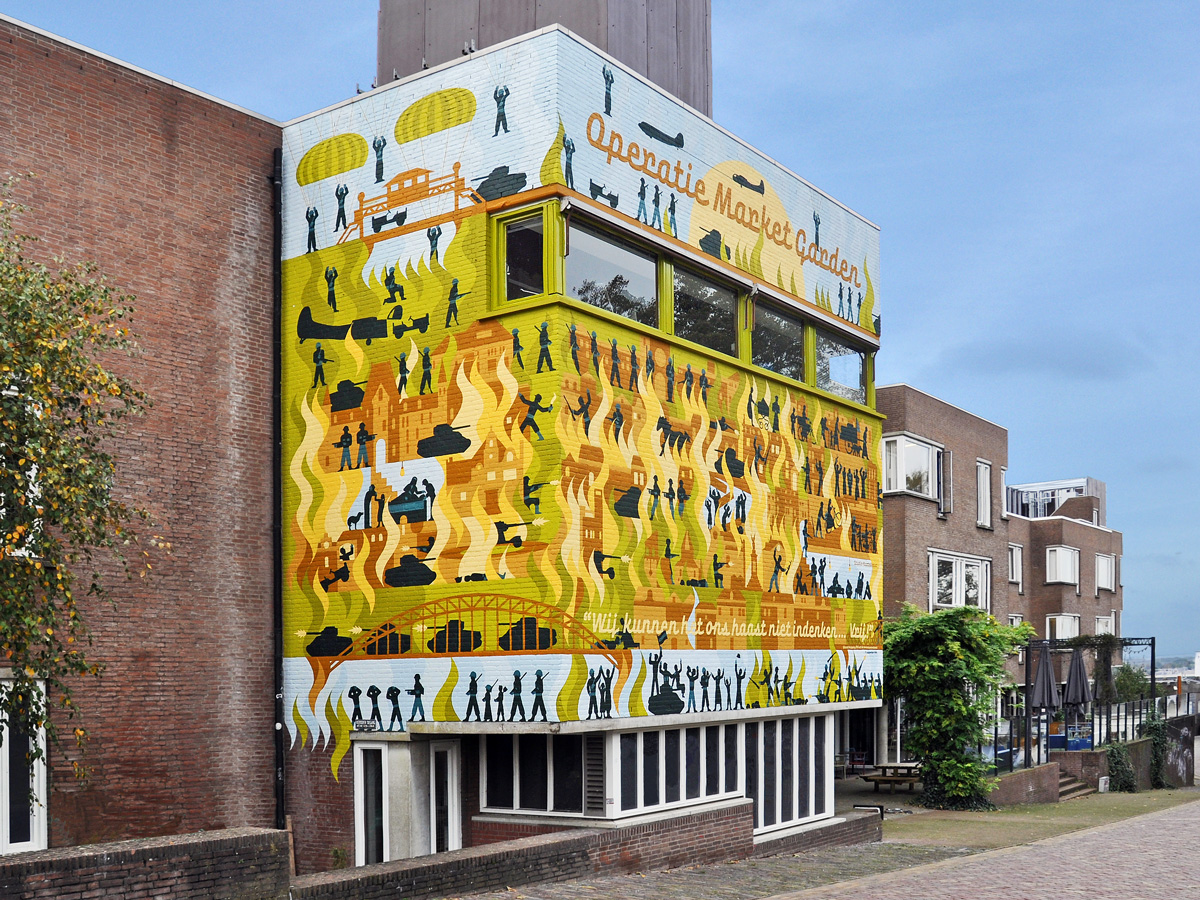
‘The aim behind the mural is to bring forth the civilian and human perspective of September 1944. The artist, Gerco Hiddink, collaborated with Radboud historian Joost Rosendaal and based this mural on diaries from people who lived in Nijmegen during that period. As such, the mural does not only showcase the devastation of this military operation, but also more hopeful stories. Details like babies born in bomb shelters, children handing out apples to American soldiers immediately after the liberation of Nijmegen and a nun going around on her bike and helping the wounded bring out a very different dimension of the otherwise well-known event,’ explains Manders.
‘Cross-border cultural exchanges have become integral to the healing process’
Commemoration is not only about the locals remembering the events, according to Mehring. He believes that it should also serve as a bridge between people that transcends national and ideological boundaries. He also sees this happening in Nijmegen: ‘Cross-border cultural exchanges between the Netherlands and Germany have become integral to the healing process (after World War Two, ed.) and it is through such transnational frameworks that we build lasting peace. For example, songs like Lili Marleen and We’ll Meet Again are striking examples of remembering the human stories behind the conflict. They are speaking to universal themes of longing for peace, love and connection. Through creating these transnational links and connecting broader communities in remembrance we can build lasting peace.’
Connecting the past, present and future
Commemoration of liberation is also an important way to learn from history and prevent future conflicts, says Mehring. ‘Commemoration should teach us to be resilient against political ideologies that promote aggression, hate and chauvinism,’ he explains.
This remains important also for younger generations who grew up without direct memories of World War Two – Mehring being one of them: ‘I grew up during a time of optimism in Germany and I recognize that it is easy to think that democracy and freedom are a given. But freedom must be actively lived and practised – it is not something that comes automatically. Commemoration offers a means for me and younger generations to engage with the realities of war and the fragility of peace, reminding us all that democracy is a responsibility, and not a privilege.’
Manders thinks the Waalpaintings are a way to ensure that these stories and lessons of the past stay alive. ‘The mural of Operation Market Garden is a way to bring awareness and also show that we do not want such tragedies to happen again.’ She believes that it is especially relevant to teach younger kids about these topics too: ‘Nowadays with all the political developments and polarization it is essential that we provide kids with tools to help them learn how to look at a specific event from different perspectives and understand the human aspects of war. By including the Operation Market Garden mural in the curriculum, for example, it would be possible to show students the local experiences of World War Two and make the stories seem more alive and personal.’
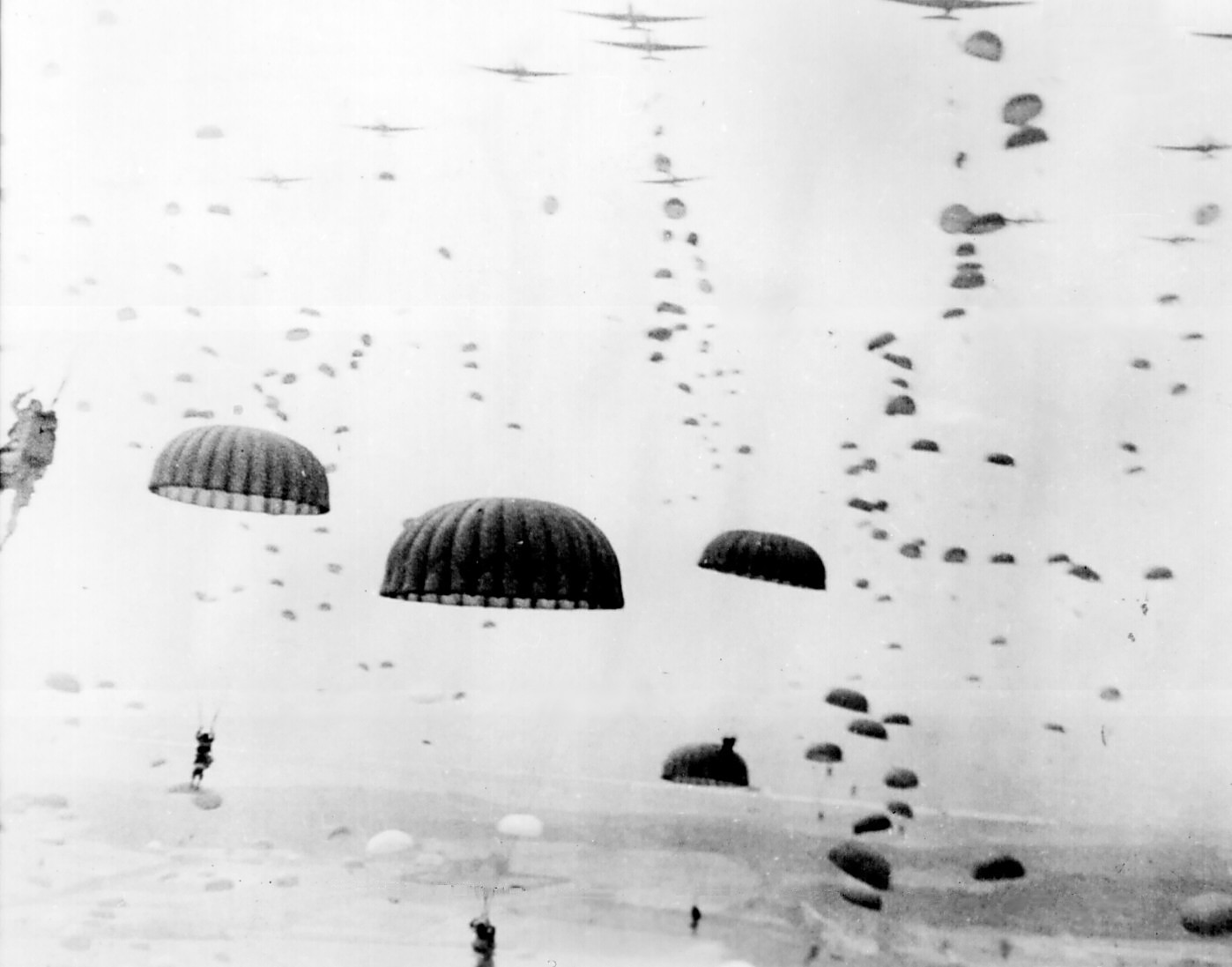
Manders adds: ‘The graphic style of the mural was thus a purposeful choice for us. It distances the violence to be appropriate for public space and younger kids, but the choice of using slightly different stencils still brings forth the individuality of the people and stories depicted.’
Universities play an important role in commemoration the liberation too, according to Manders. ‘They should work in a way to connect academic study and public engagement. Through different transnational initiatives we can deepen students’ understanding of transatlantic memory culture and history by making the fight for our freedom up close and personal, while fostering a sense of responsibility towards the future,’ Mehring explains.
‘Not all forms of commemoration are productive – some can be overly sentimental or even politically charged’
At the same time, academics can contribute their expertise and resources to bring to life the human histories and stories. Mehring himself is working on several projects: ‘One of them is a bilingual book Faces of Liberation, based on the Foundation Faces to the Graves, where we aim to add a life story to each of the soldiers’ graves at the Canadian War Cemetery in Groesbeek. This and other projects are ways to reflect on the past while also helping to foster a culture of remembrance across borders.’
Emotion and reason
Manders has a similar perspective: ‘We must bring academic research outside the university walls and generate discussions. This provides perspective. Projects like the Waalpaintings form a possible way to do that. Not only can we bring more nuanced and inclusive historical narratives to the public, but we can engage with the community – this brings so many different people together. We have the artists and academics, but also other community members who get involved. During the painting process, for example, we often talk with people on the street which brings up interesting stories and fosters conversation.’
While engagement with commemorative practices remains ever relevant, it is also important to be aware that this must be done in a productive manner, Mehring cautions. ‘We must strive for a balance between emotion and reason. Not all forms of commemoration are productive – some can be overly sentimental or even politically charged. Thoughtful commemoration should combine emotional resonance with a rational understanding of history to ensure that we are not merely swept away by affect but are also critically engaging with the lessons of the past.’
The “Peace by Peace” celebrations include a festival, parade, and a club night. You can find the full program and extra information here. Radboud Reflects is also present at the festival on Sunday. The program includes a talk on protest music (with philosophers Mathijs van de Sande, Peter Freijsen and street orchestra Kladderadatsch) and two anti-polarization workshops (with rhetoric experts Be Breij and Yvette Linders). This afternoon from 16:00-17:00, at MM 00.029, there is the “Locating American Studies” event with a keynote from Canadian Professor Dean Burry titled ‘Tracing Colville – A Multigenerational Canadian Exploration of Liberation Through Music and Art. Tomorrow at 20:15 at De Vereeniging there is a liberation concert. Tonight there is also a discussion by Erika Manders and Gerco Hiddink on the mural of Operation Market Garden and the way history is made visible in the public space.Festival
